7,240cc T-Head 4-Cylinder Engine Cast in Pairs, with Lateral Camshafts Single Daimler Carburetor 60bhp at 1,300 rpm 4-Speed Manual Gearbox Front and Rear Semi-Elliptic Leaf Spring Suspension 2-Wheel Pedal Operated Mechanical Drum Brake *Owned by the same family for over 40 years *One of the earliest motorcars to feature a universal-joint propeller-driveshaft *Comprehensive two-year restoration completed in 2008 *Extensively used for touring on HCCA events *Subject of cover feature in September/October 2009 issue of The Star (MBCA magazine) EVOLUTION OF THE EARLY SHAFT-DRIVEN MERCEDES While today's Mercedes-Benz is a global behemoth of vast renown, the brand's early teething years, which were characterized by racing success and small-volume production, are far less chronicled. In 1890, the now legendary engineers Gottlieb Daimler and Wilhelm Maybach left their positions at Deutz AG Gasmotorenfabrik to found an independent eponymous engine concern, Daimler Motoren Gesellschaft (DMG). Initially surviving on engine sales and licensing, the pair steadily promoted the concept of automobile production despite the difficulties of securing financing. During the initial years, DMG built a smattering of irregularly produced motorcars to individual order, delivering their first chassis to the Sultan of Morocco in 1892. In 1894, Maybach designed a new 4-cylinder motor arranged in pairs of two. Dubbed the Phoenix, the engine featured a number of advanced elements, including a patented spray-nozzle carburetor and camshaft-actuated exhaust valves. The Phoenix unit was utilized in a variety of capacities ranging from automobiles and commercial trucks to marine applications. In 1897 Daimler finally found lasting financial help from customer Emil Jellinek, an Austrian businessman who also served as his country's Consul General. Particularly interested in racing, Jellinek ordered two Daimler competition cars to be equipped with the Phoenix engine, and this constituted the first appearance of the important 4-cylinder engine in a DMG automobile. Over the next few years, Jellinek developed a lucrative side business of buying DMG cars and re-selling them to high-profile racing clients on the French Riviera. By 1900 he had bought 29 such chassis, but his involvement with the company was about to become even more significant. With the death of Gottlieb Daimler in 1900 it was obvious that DMG would require fresh direction, and around this time Maybach began to seriously consider a proposal by Jellinek for the company to build a new sub-brand of sports cars to be named for the diplomat's young daughter, Mercedes. By this time Jellinek had already been entering events at the Nice Week races in France under the name Monsieur Mercedes. In April 1900 DMG struck a deal to build the proposed Mercedes, which was to feature a new Maybach-designed engine called the Daimler-Mercedes motor. This development of the Phoenix 4-cylinder unit was enlarged to displace 5.9 liters for a rating of 35 hp. The Mercedes chassis was equally advanced, with a low center of gravity, a pressed steel frame, and a revolutionary honeycomb radiator. Jellinek's customers were quite happy with the Mercedes' performance at the 1901 Nice Week, as Wilhelm Werner's car won the Nice-Salon-Nice race at an average speed of 58.1 kph. Werner was also the first of a one-two finish for the model in the two-seat racecar class at the Nice-La Turbie Hillclimb, and Claude Lorraine-Barrow separately set a new world record in his car with an average speed of 79.7 kph over the standing-start mile. Competition highlights continued for the Mercedes at the 1903 Gordon Bennett Cup when Belgian driver Camille Jenatzy won the race in a car liveried in German colors, and he placed second a year later at the 1904 Gordon Bennett With Wilhelm Maybach's departure from DMG in 1909, the manufacturer continued to grasp for market-share in the face of competition from Great Britain and France. While most automobiles of
7,240cc T-Head 4-Cylinder Engine Cast in Pairs, with Lateral Camshafts Single Daimler Carburetor 60bhp at 1,300 rpm 4-Speed Manual Gearbox Front and Rear Semi-Elliptic Leaf Spring Suspension 2-Wheel Pedal Operated Mechanical Drum Brake *Owned by the same family for over 40 years *One of the earliest motorcars to feature a universal-joint propeller-driveshaft *Comprehensive two-year restoration completed in 2008 *Extensively used for touring on HCCA events *Subject of cover feature in September/October 2009 issue of The Star (MBCA magazine) EVOLUTION OF THE EARLY SHAFT-DRIVEN MERCEDES While today's Mercedes-Benz is a global behemoth of vast renown, the brand's early teething years, which were characterized by racing success and small-volume production, are far less chronicled. In 1890, the now legendary engineers Gottlieb Daimler and Wilhelm Maybach left their positions at Deutz AG Gasmotorenfabrik to found an independent eponymous engine concern, Daimler Motoren Gesellschaft (DMG). Initially surviving on engine sales and licensing, the pair steadily promoted the concept of automobile production despite the difficulties of securing financing. During the initial years, DMG built a smattering of irregularly produced motorcars to individual order, delivering their first chassis to the Sultan of Morocco in 1892. In 1894, Maybach designed a new 4-cylinder motor arranged in pairs of two. Dubbed the Phoenix, the engine featured a number of advanced elements, including a patented spray-nozzle carburetor and camshaft-actuated exhaust valves. The Phoenix unit was utilized in a variety of capacities ranging from automobiles and commercial trucks to marine applications. In 1897 Daimler finally found lasting financial help from customer Emil Jellinek, an Austrian businessman who also served as his country's Consul General. Particularly interested in racing, Jellinek ordered two Daimler competition cars to be equipped with the Phoenix engine, and this constituted the first appearance of the important 4-cylinder engine in a DMG automobile. Over the next few years, Jellinek developed a lucrative side business of buying DMG cars and re-selling them to high-profile racing clients on the French Riviera. By 1900 he had bought 29 such chassis, but his involvement with the company was about to become even more significant. With the death of Gottlieb Daimler in 1900 it was obvious that DMG would require fresh direction, and around this time Maybach began to seriously consider a proposal by Jellinek for the company to build a new sub-brand of sports cars to be named for the diplomat's young daughter, Mercedes. By this time Jellinek had already been entering events at the Nice Week races in France under the name Monsieur Mercedes. In April 1900 DMG struck a deal to build the proposed Mercedes, which was to feature a new Maybach-designed engine called the Daimler-Mercedes motor. This development of the Phoenix 4-cylinder unit was enlarged to displace 5.9 liters for a rating of 35 hp. The Mercedes chassis was equally advanced, with a low center of gravity, a pressed steel frame, and a revolutionary honeycomb radiator. Jellinek's customers were quite happy with the Mercedes' performance at the 1901 Nice Week, as Wilhelm Werner's car won the Nice-Salon-Nice race at an average speed of 58.1 kph. Werner was also the first of a one-two finish for the model in the two-seat racecar class at the Nice-La Turbie Hillclimb, and Claude Lorraine-Barrow separately set a new world record in his car with an average speed of 79.7 kph over the standing-start mile. Competition highlights continued for the Mercedes at the 1903 Gordon Bennett Cup when Belgian driver Camille Jenatzy won the race in a car liveried in German colors, and he placed second a year later at the 1904 Gordon Bennett With Wilhelm Maybach's departure from DMG in 1909, the manufacturer continued to grasp for market-share in the face of competition from Great Britain and France. While most automobiles of
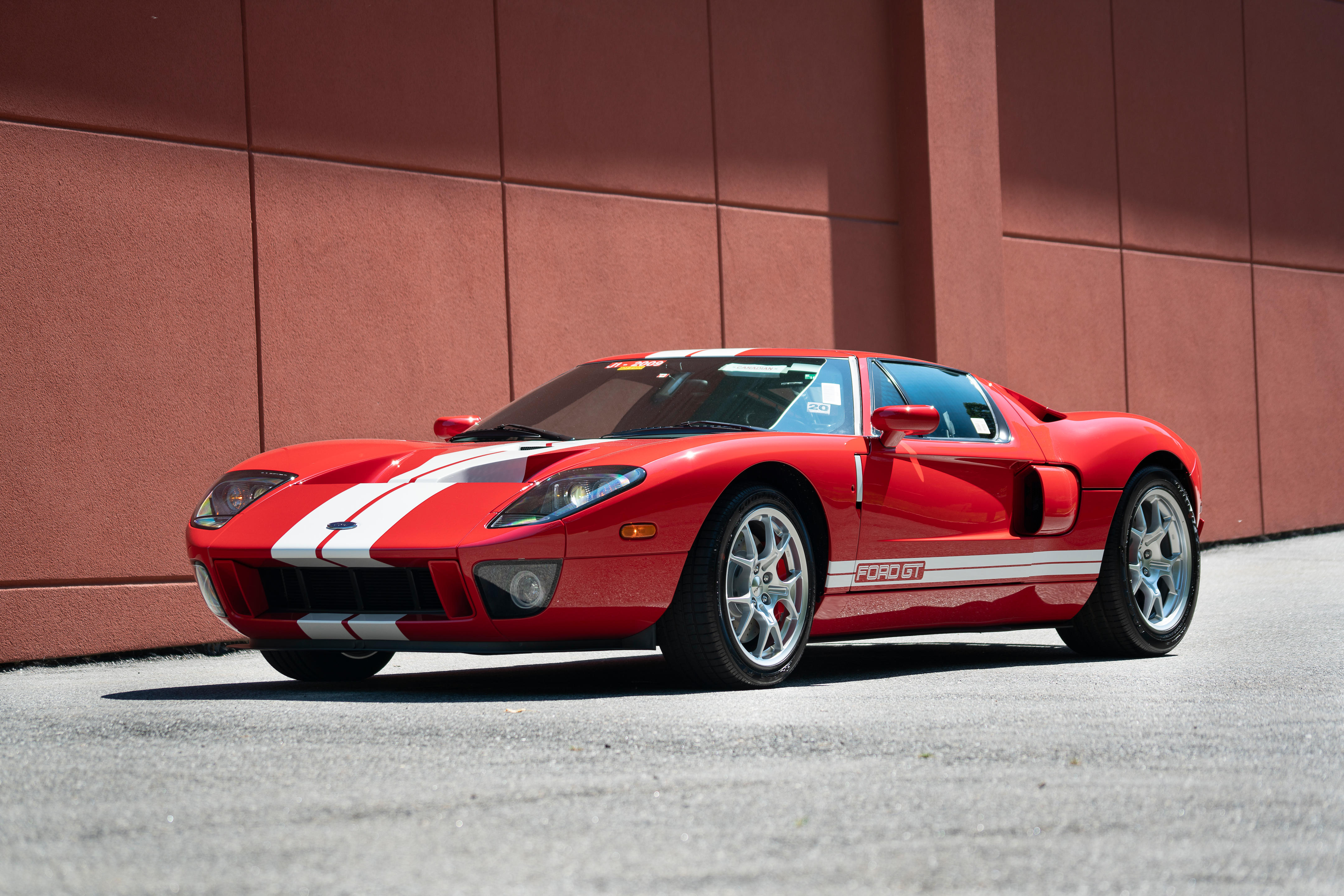
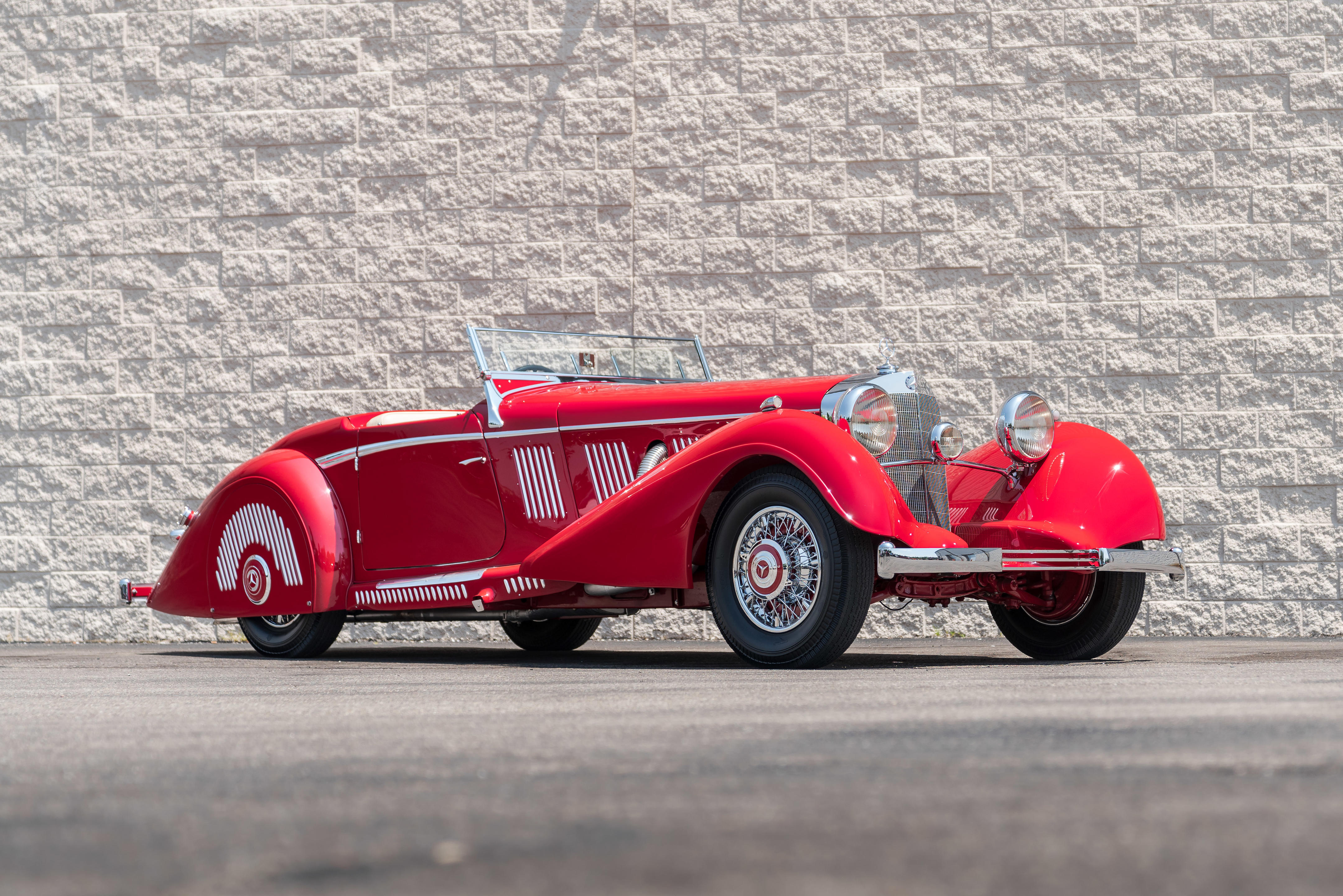
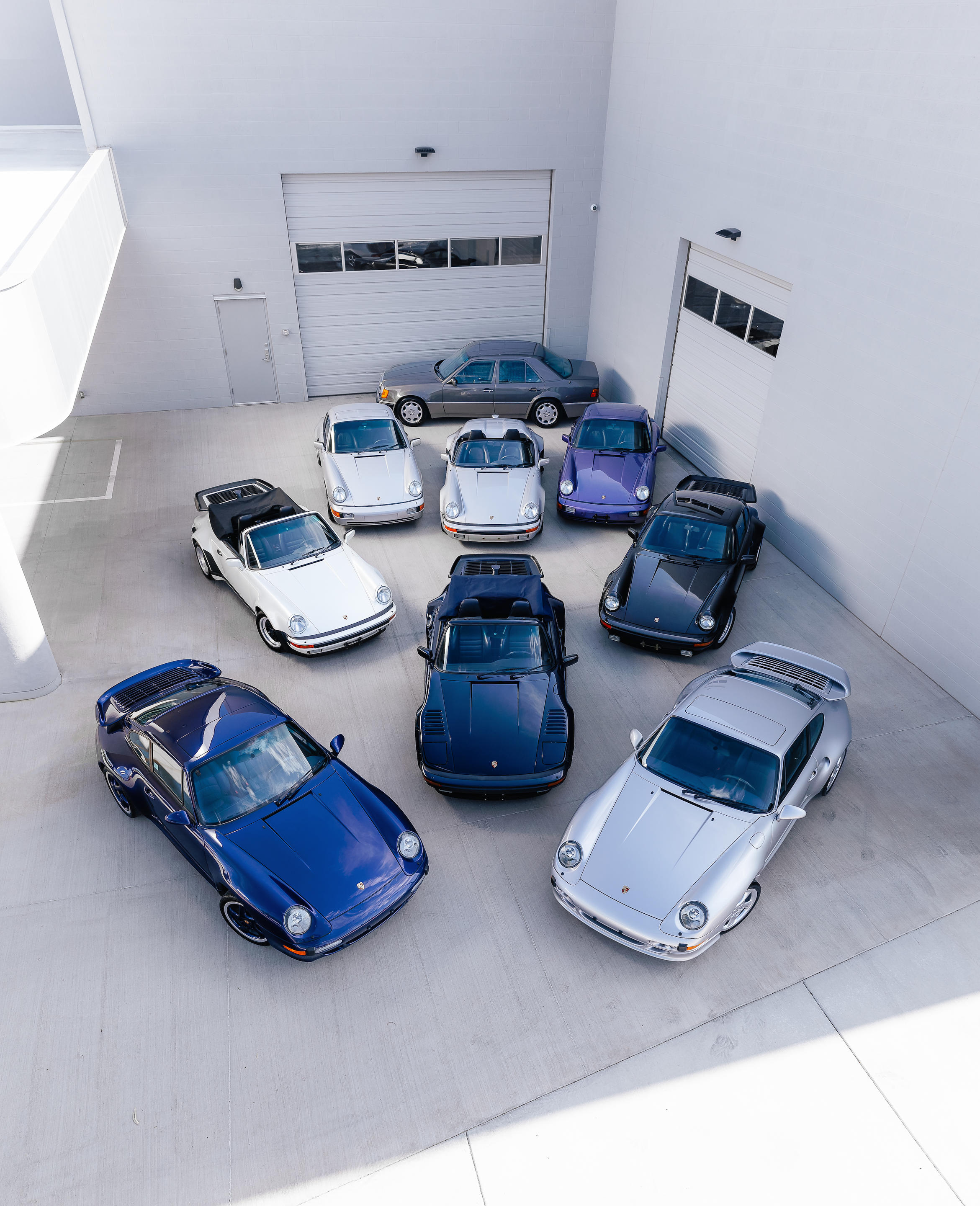
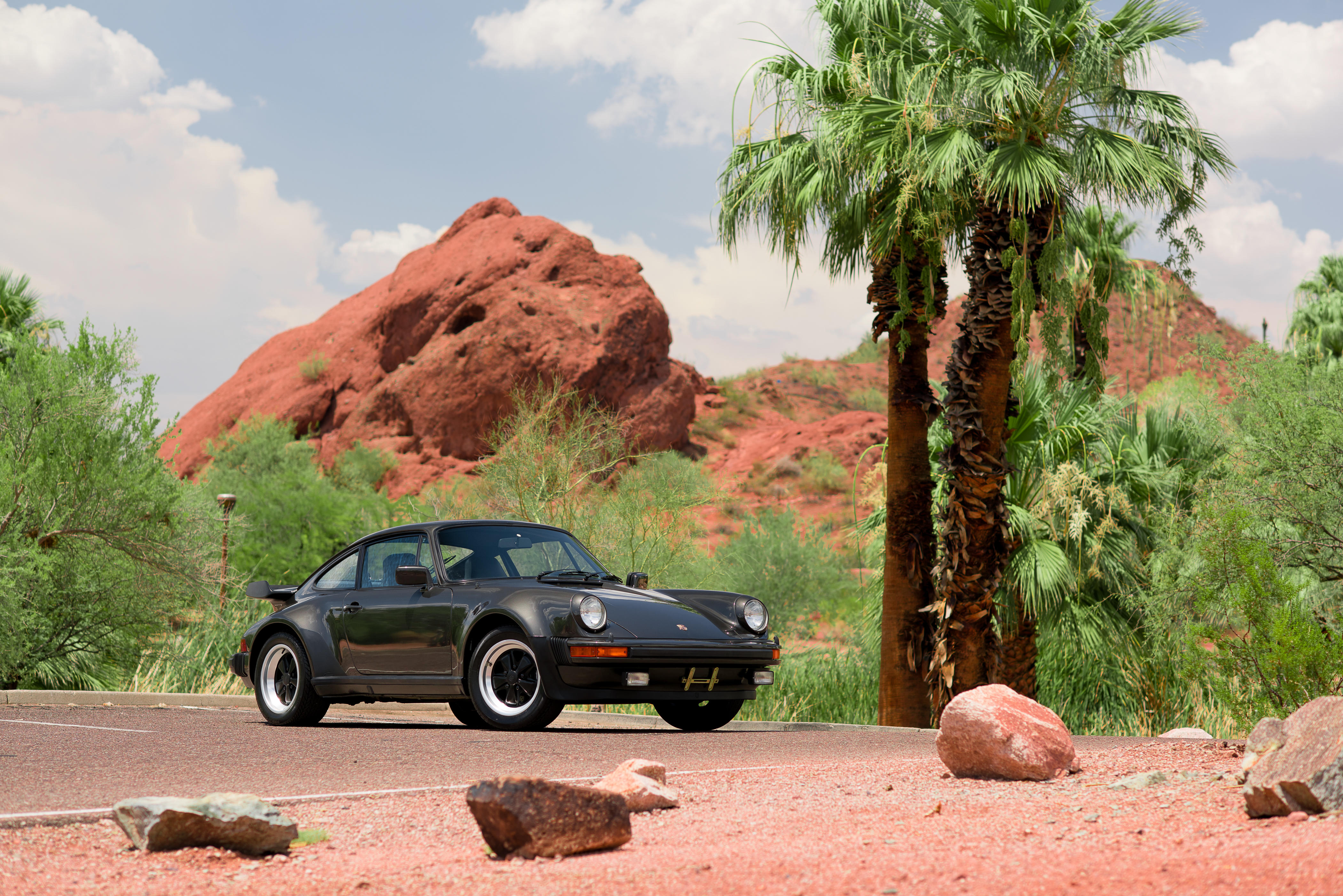
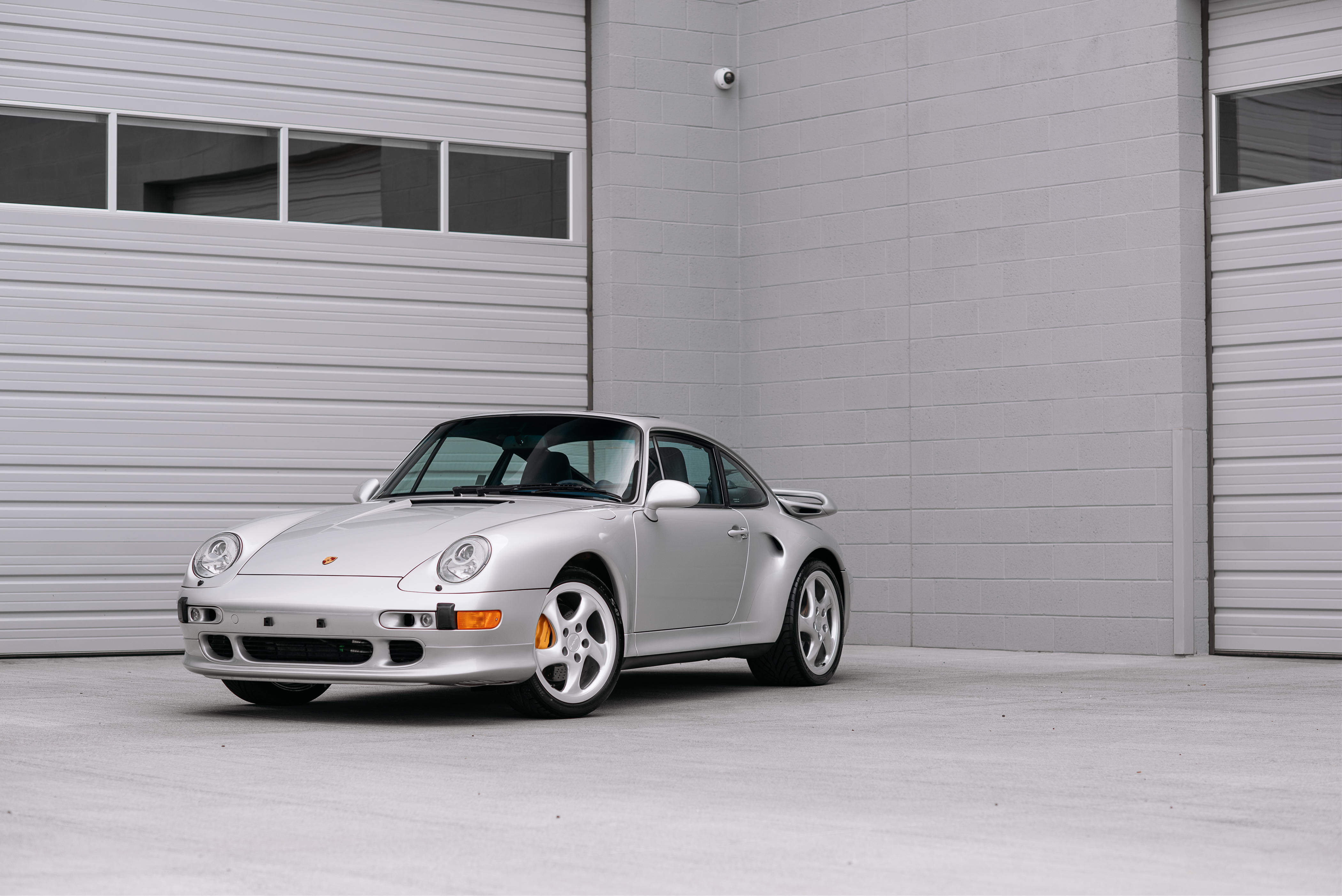
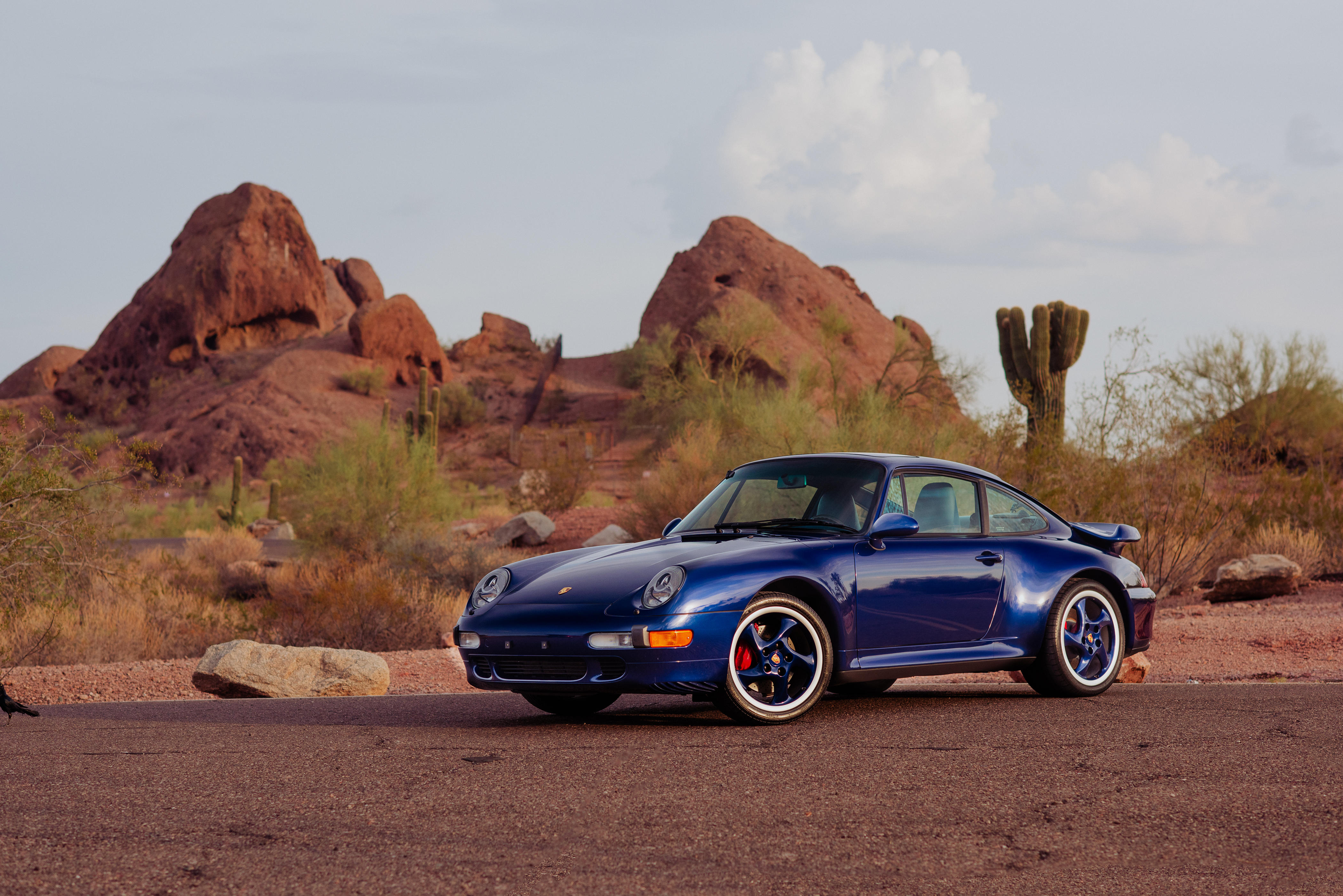
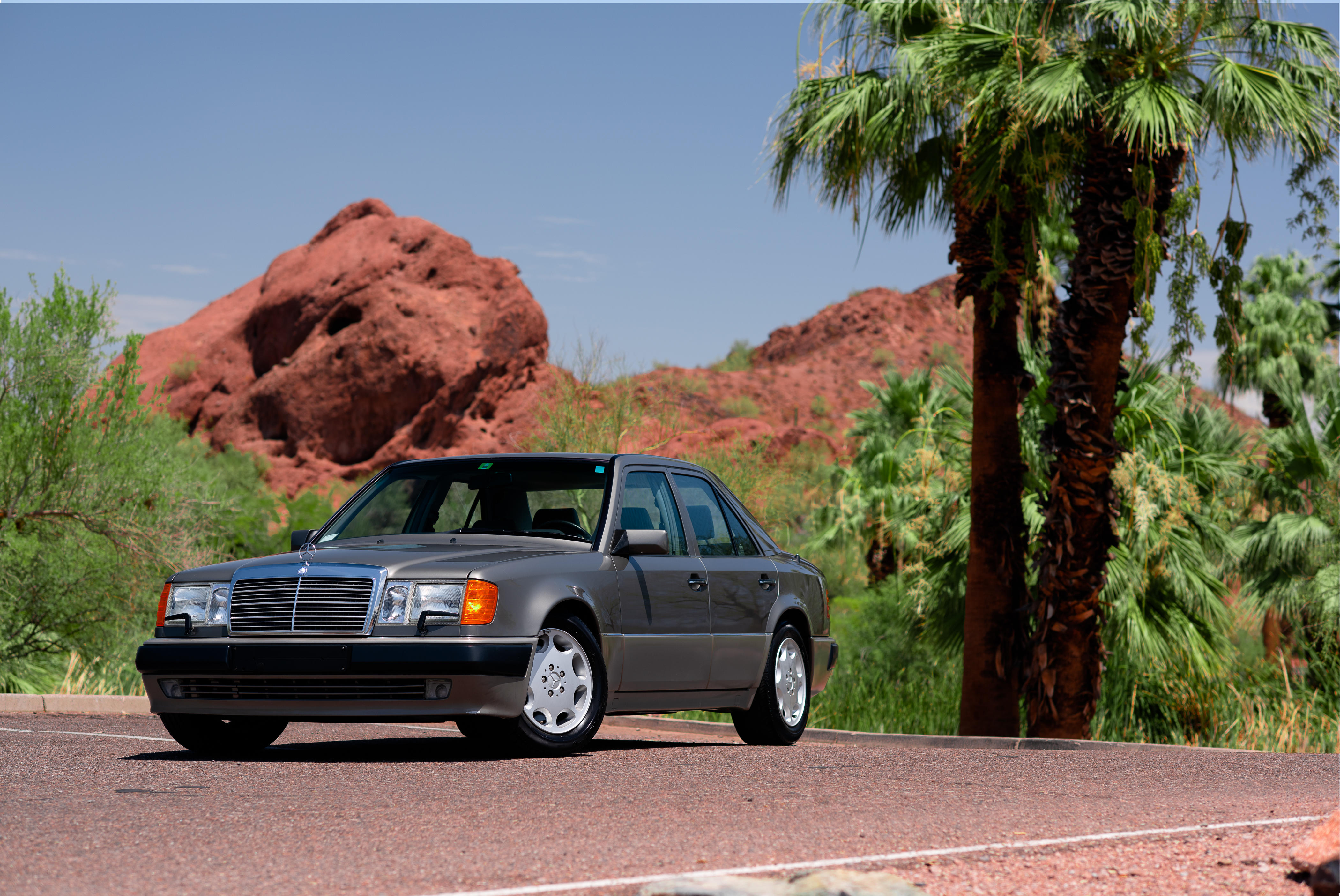
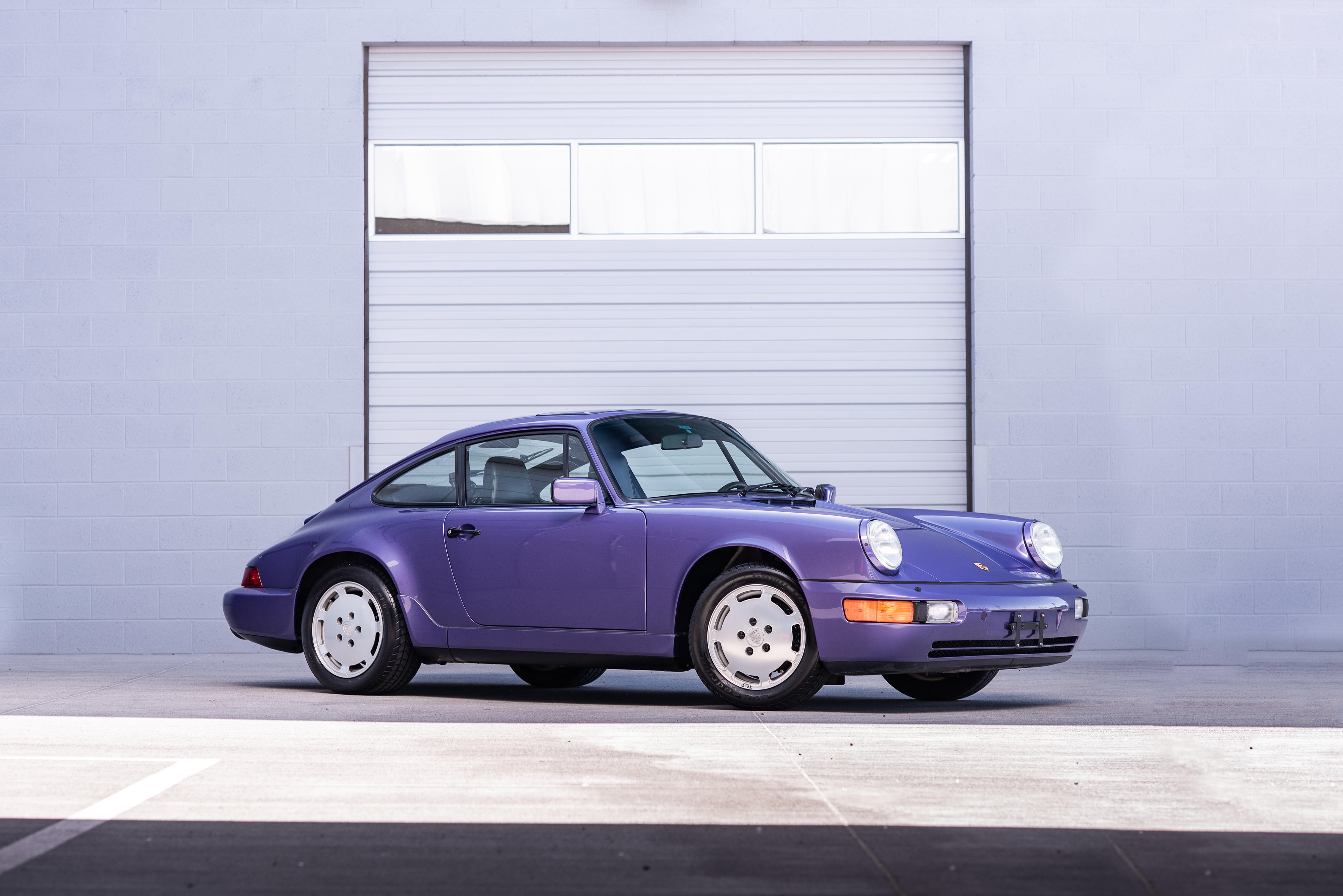
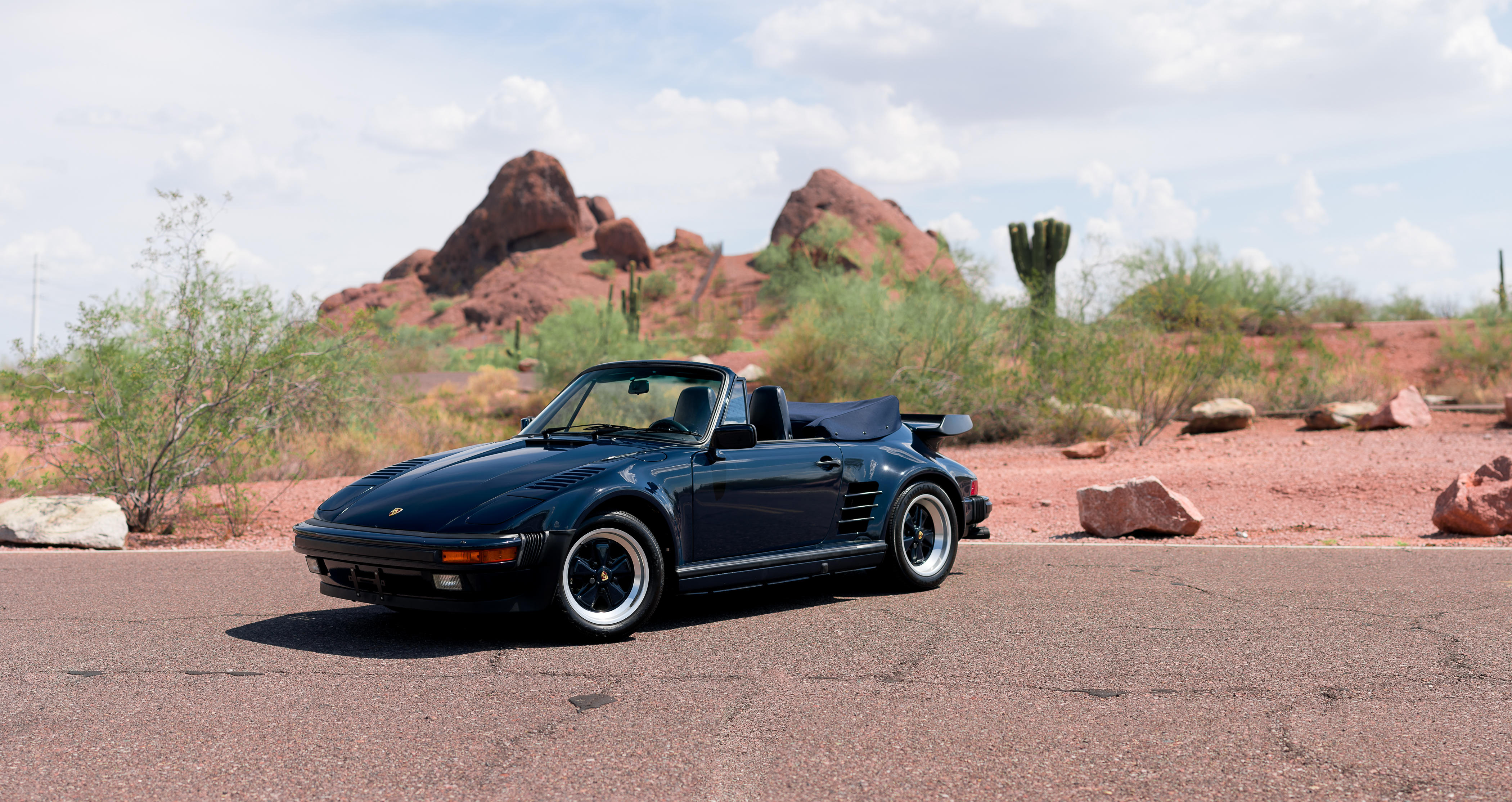
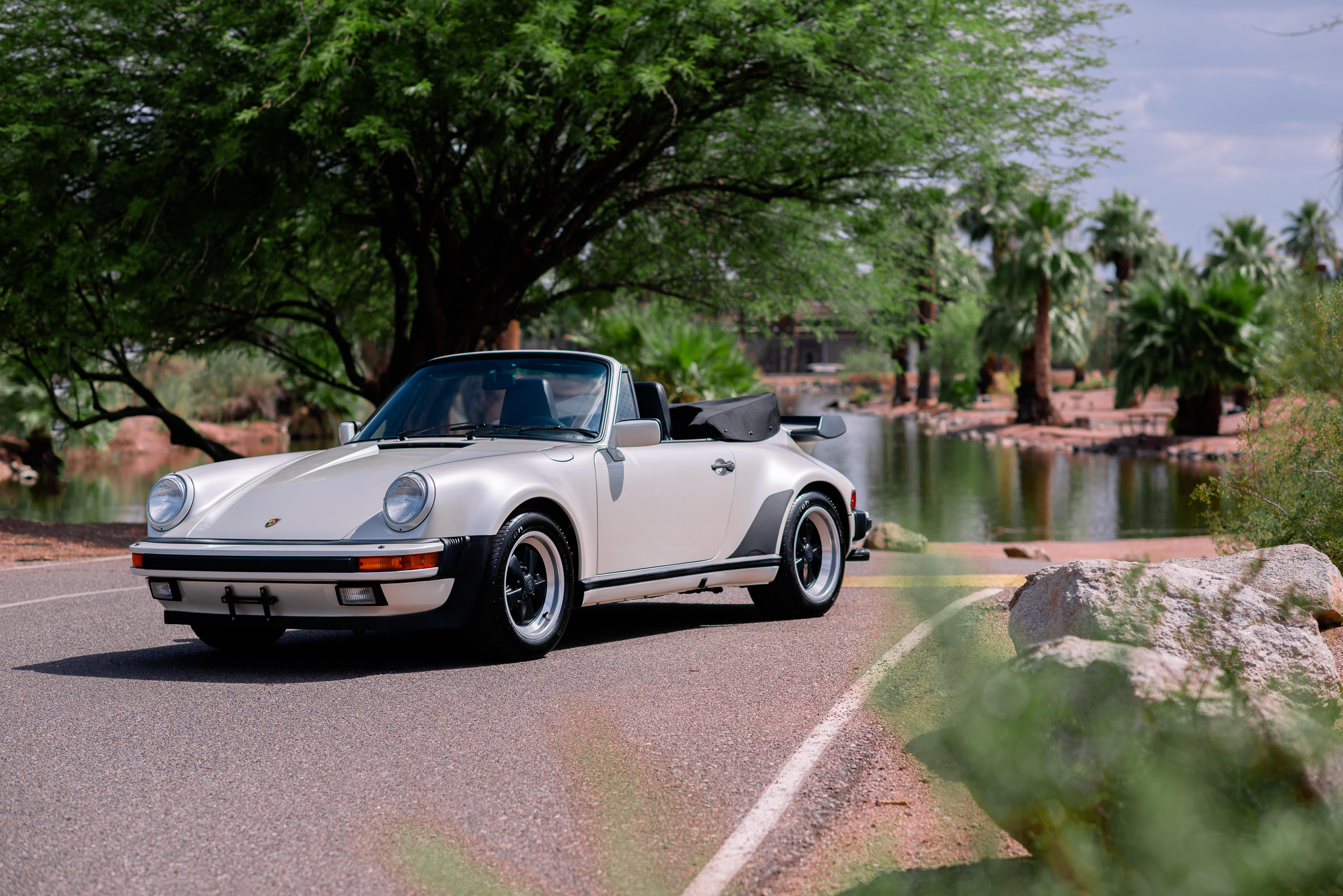
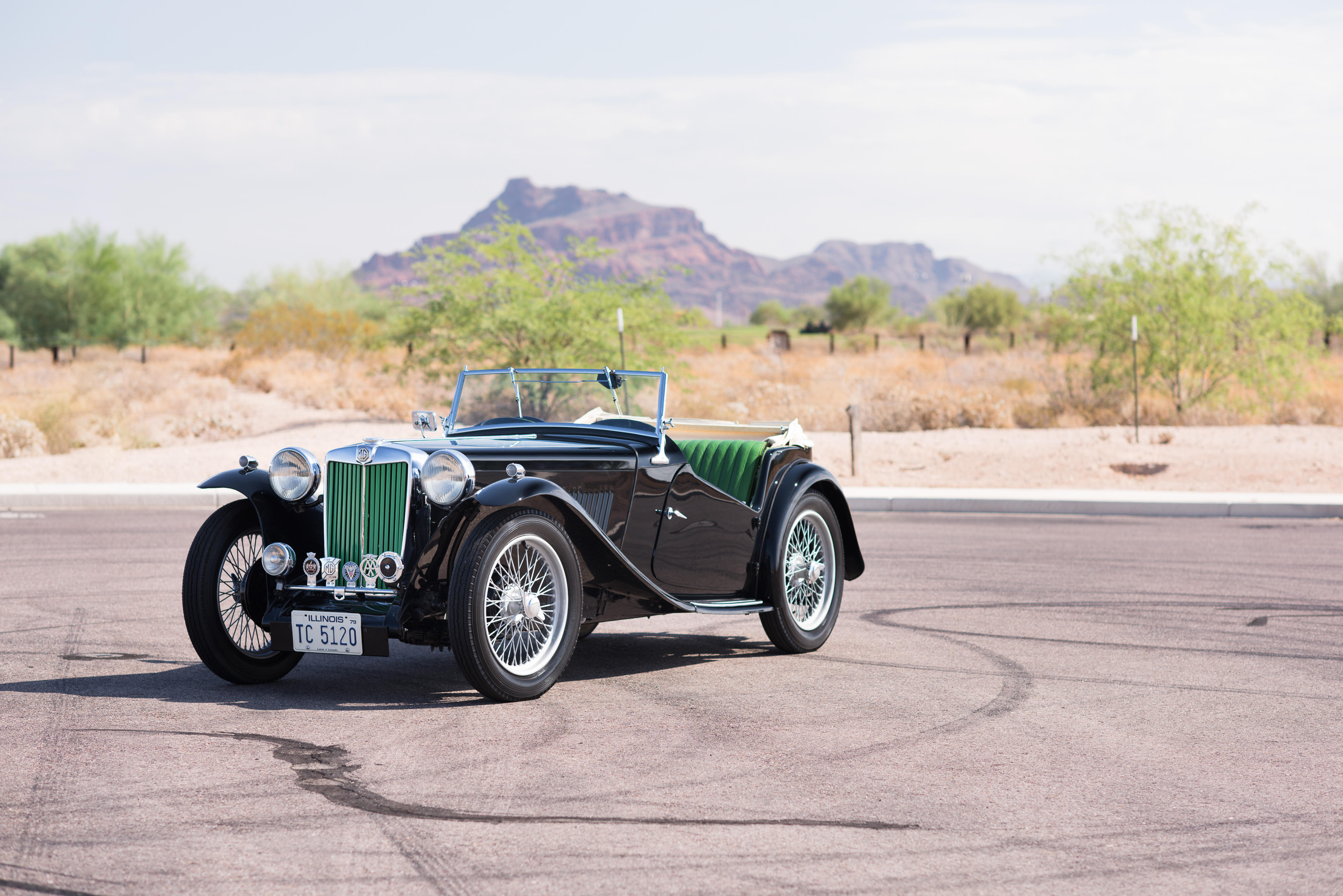
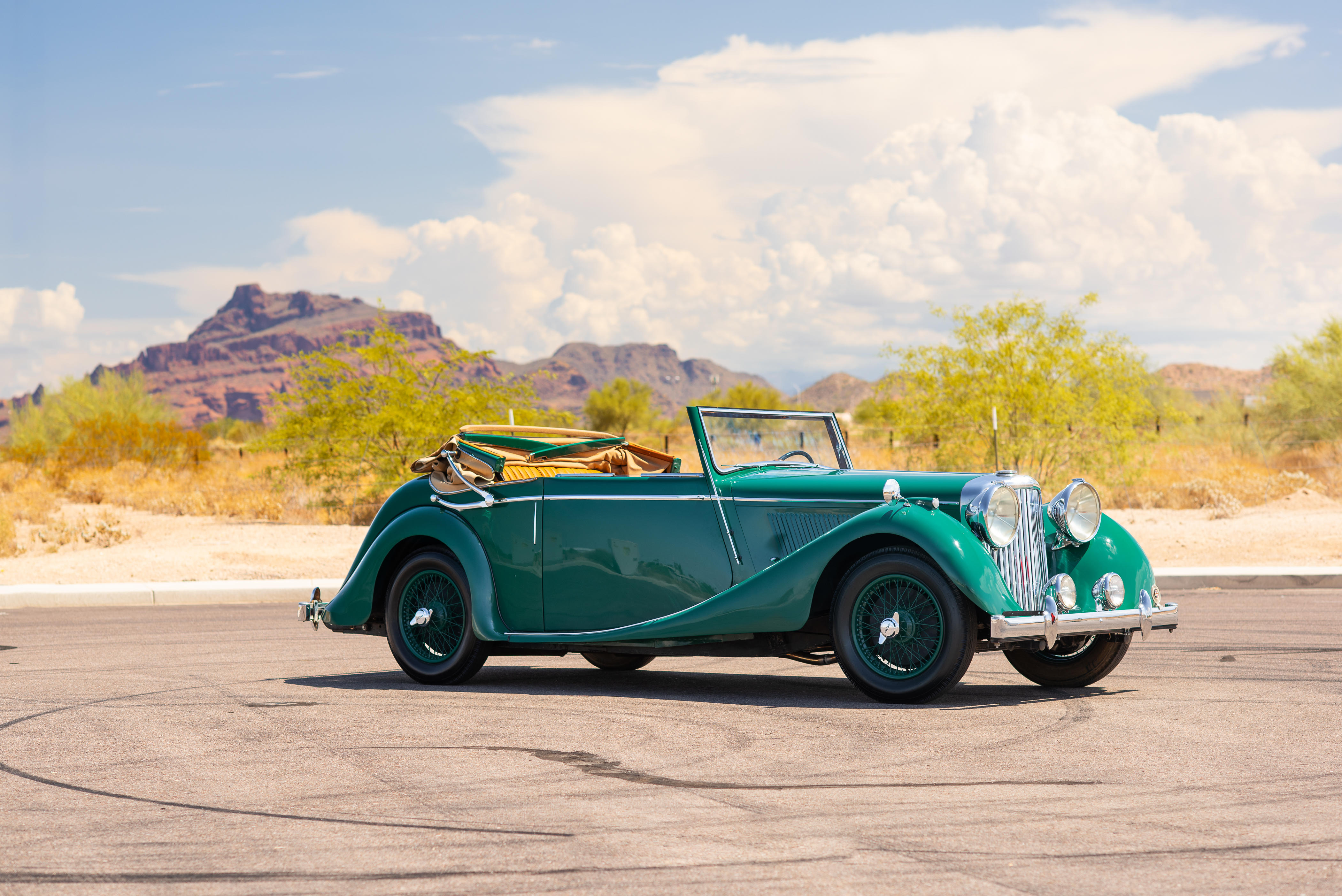
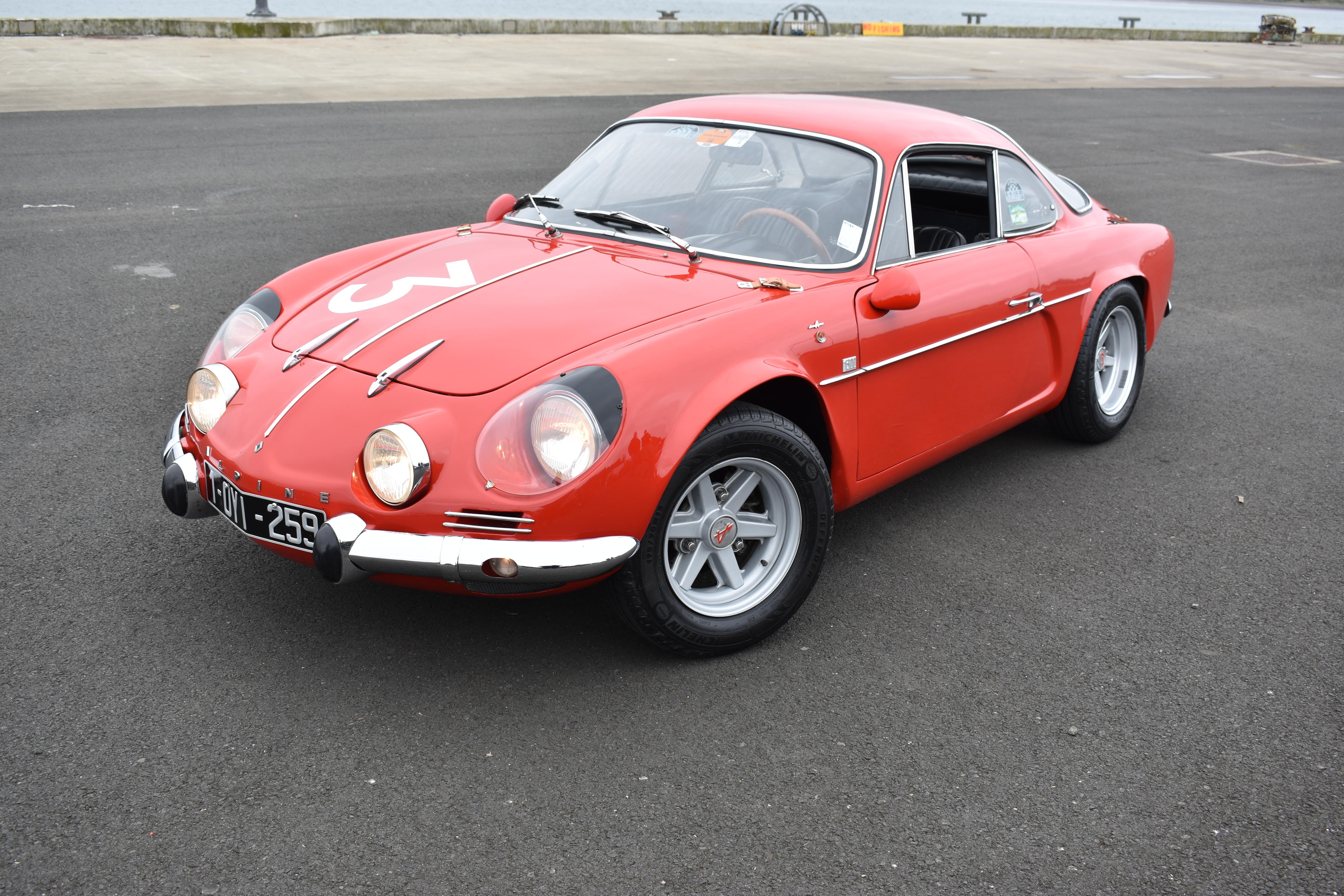
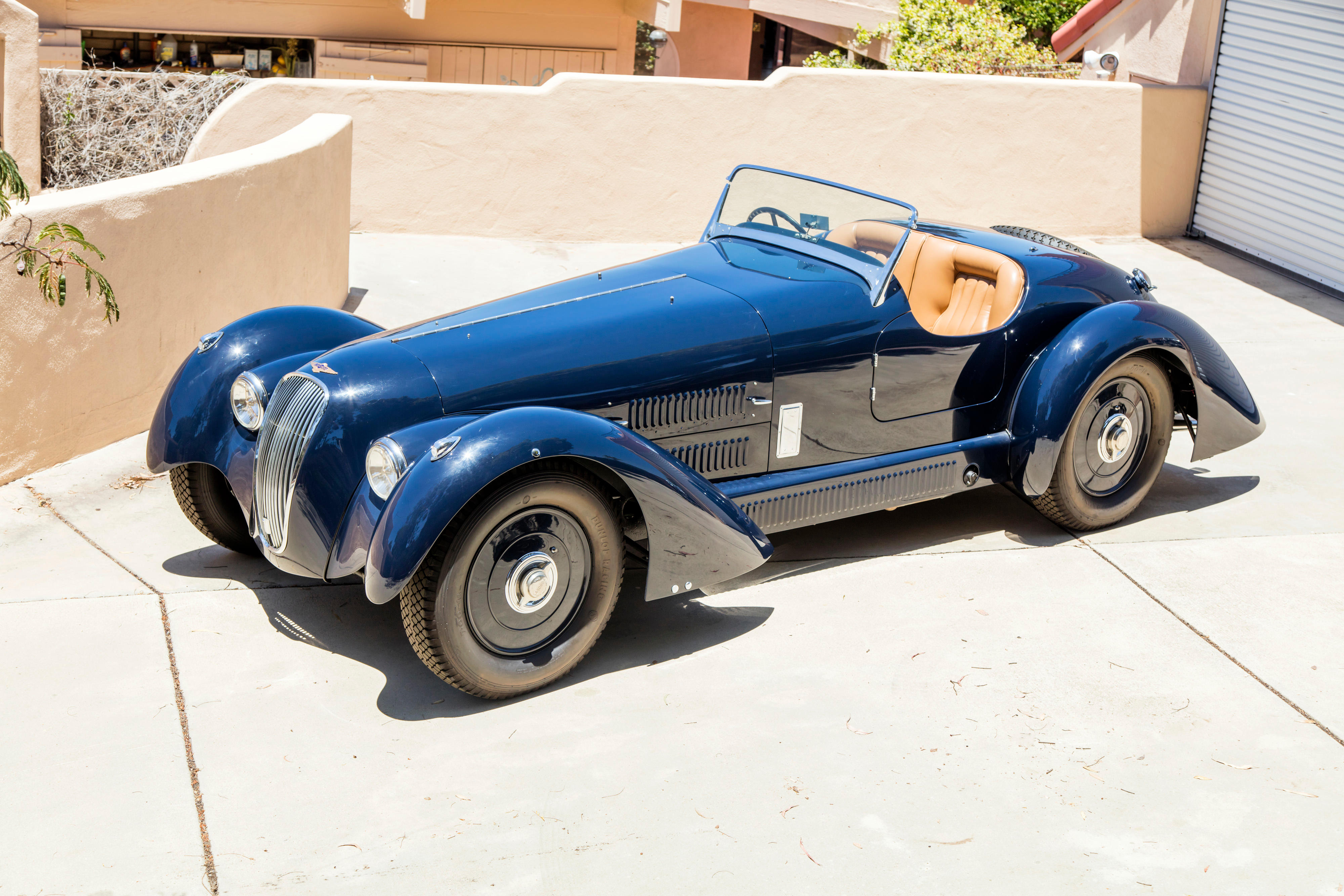
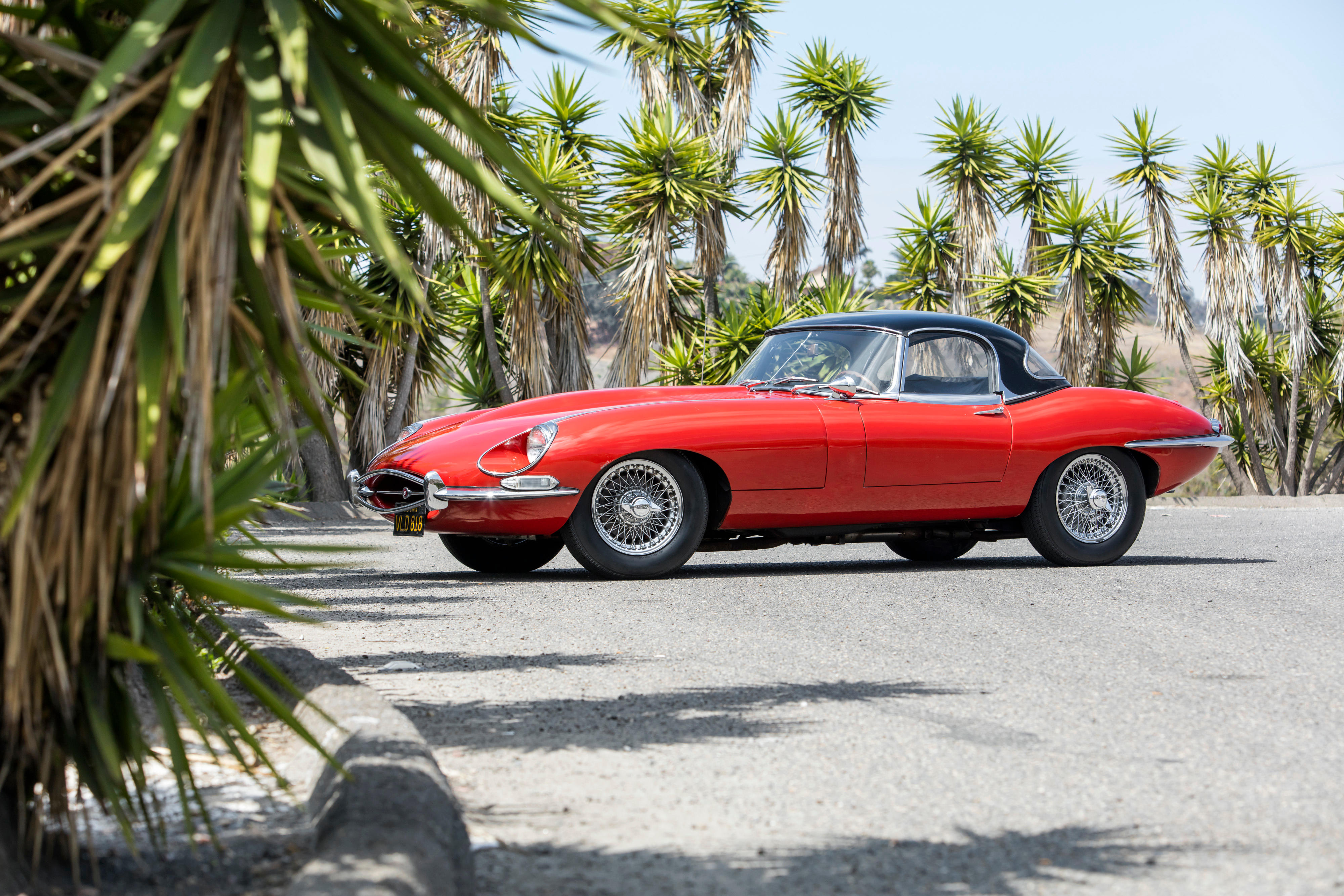
Try LotSearch and its premium features for 7 days - without any costs!
Be notified automatically about new items in upcoming auctions.
Create an alert